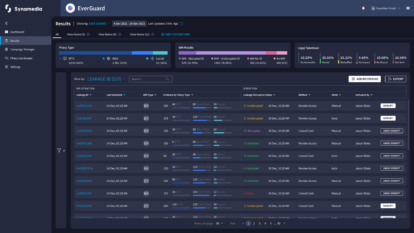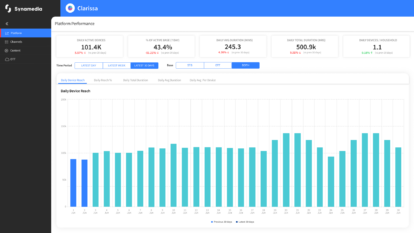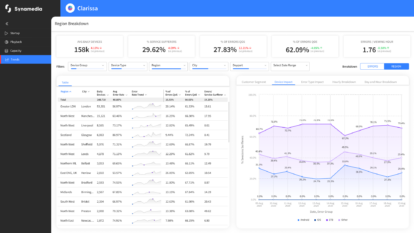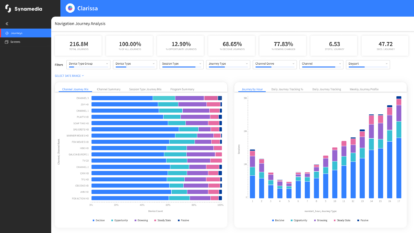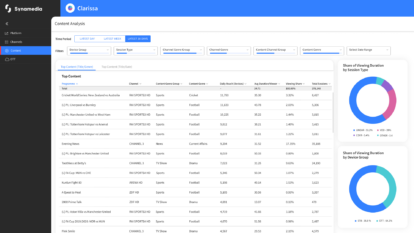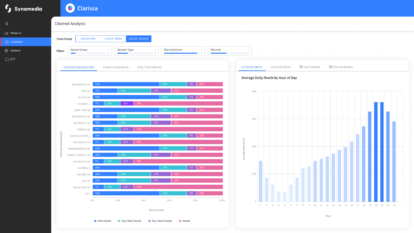If there’s one phrase that is familiar to everyone across the media industry today, it’s ‘multi-platform’. The need to cater to consumers through an expanding list of channels and platforms is a common theme, and OTT advertising is no exception. For businesses across the spectrum, from pay TV operators and broadcasters to streaming providers, adopting a ‘hit and hope’ approach to advertising isn’t a viable, long-term option.
The answer is a combined TV and OTT advertising solution that unifies not just campaigns and metrics, but also inventory and asset management across streaming and broadcast. An approach like this can deliver a variety of benefits in today’s fast-paced and ever-changing media environment, and also generate new revenue opportunities.
1. Manage all your campaigns in one place
Unifying broadcast and streaming brings a huge range of benefits, but one of the key advantages is a simplified operational workflow. Being able to manage both broadcast TV and OTT advertising campaigns in the same place immediately allows service providers and ad managers to streamline processes, align spend and potentially spot new opportunities. And all without needing to import and export data or use a secondary dashboard to visualise emerging trends.
2. Unify devices, networks, services and inventory
In addition to the operational benefits, the ability to manage the variety of campaigns possible across OTT and broadcast is a considerable advantage. Bringing together all types of campaigns from direct sell to programmatic, preferred deal to private marketplaces, the potential is enormous. Spanning linear, VoD and all types of inventory including pre-roll, mid-roll and post-roll, there’s also the potential to create new ad inventory on live and on-demand TV to boost income.
3. Consistent targeting, execution, and measurement
Improvements from unifying audience targeting alone can deliver enormous business benefits. But the ability to combine digital targeting strategies to enhance performance can add another layer of effectiveness that can transform results. For example, combining lookalike targeting with time-of-day targeting can boost the likelihood of audiences taking an action. While retargeting, geolocation and contextual targeting can also be blended to maximise effectiveness, illustrating the real-world value of convergence.
4. Forecasting – improving campaign performance
Another central theme for businesses is the value of data, and by converging and centralising ad performance data on a combined TV and OTT advertising platform, it can be exploited more quickly. This enables better performance across the board, especially when it comes to intelligent inventory utilisation on one end of the value chain and streamlined reporting on the other.
That reporting, breaking down the different types of dimensions in any one campaign, whether devices, network services or inventory, can open the doors to more accurate forecasting, which in turn will boost effectiveness.
The fact is that most advertising ecosystems are still highly fragmented, which in itself leads to considerable complexity in terms of developing bespoke strategies for each platform. The ability to unify OTT video advertising with broadcast and further benefit from that convergence is a powerful tool for any business looking to succeed in the multi-platform environment of today.
Unify the best of broadcast and streaming TV advertising. Find out more in our eGuide.
About the Author
Jon Curnow is an experienced Lead Product Manager at Synamedia, where he manages parts of the Synamedia Advanced Advertising product portfolio. He has spent more than 20 years in sales engineering and product roles developing digital advertising technology solutions at companies such as Microsoft, SAS, Facebook and ITV.

